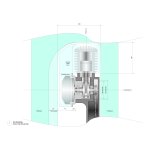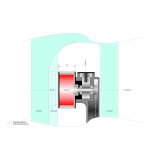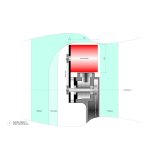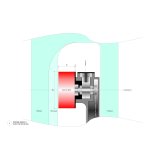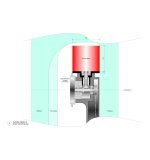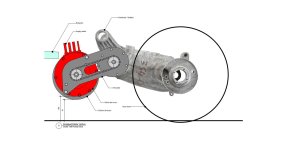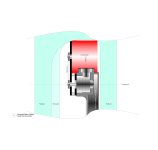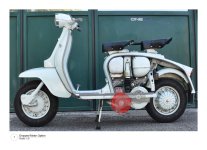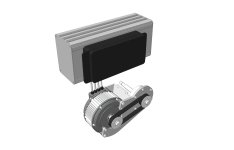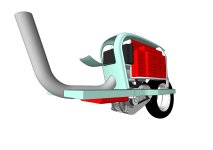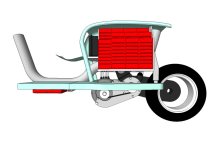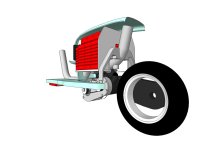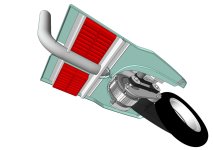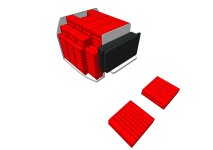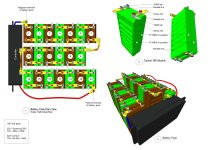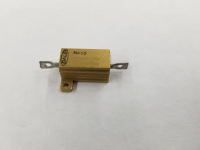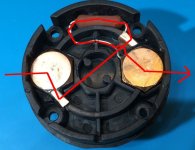Hello everyone, new member first time posting to introduce myself, serial tinkerer and restorer of old things, coffee machines, houses, computers and scooters. Literally zero technical knowledge of anything but a keen student of specialist forums to gain the answers and ideas to undertake the latest obsession.
I have a new project in mind which is to convert my Lambretta series 3 scooter to electric power.
I bought the scooter as a wreck fro Italy 20 years ago and had a lot of fun restoring it to its original glory. It has sat now unused for many years and I had decided to sell it as a polluting 60 year old 2 stroke motor is neither a practical, ethical and or even legal mode of transport. But then the thought struck me that if I could convert it to electric power, it would be the perfect way to keep it on the road.
The original specs are:
Capacity 125cc
Power 5.5hp @ 5200rpm
Weight 105kg
Speed 80kph
The simplest solution is to purchase the Retrospective Scooters hub drop in kit which is a hub motor in a custom swingarm, but it is very expensive, not very pretty and also not really much of a project. I may end up opting for a hub motor solution but it is my least preferred option as it loses the looks of the aluminium gearbox and the enjoyment of having gears.
Instead I am wanting to explore 4 ideas all of which are impacted by the limited space available and which will also require varying levels of new component fabrication/ alterations to the existing scooter.
1- Motor mounted in the flywheel location in line with the crankshaft.
2- Motor mounted in place of the cylinder running parallel to the crankshaft a belt or chain transfer to the end of the crankshaft.
Or more left field ideas:
3- Motor mounted in place of the cylinder perpendicular to the crankshaft with a bevel gear drive to the crankshaft.
4- Motor of a small enough diameter to sleeve into the crankcase and directly drive the primary chain sprocket.
I am drawing up a very basic GA drawing of the space available but already it is very clear that that finding a suitable motor that is compact enough to fit in the available locations is going to be a challenge.
I will post my drawing when I have finished it as well as some photos and will hopefully be able to talk to some of you about how to find a solution.
I have a new project in mind which is to convert my Lambretta series 3 scooter to electric power.
I bought the scooter as a wreck fro Italy 20 years ago and had a lot of fun restoring it to its original glory. It has sat now unused for many years and I had decided to sell it as a polluting 60 year old 2 stroke motor is neither a practical, ethical and or even legal mode of transport. But then the thought struck me that if I could convert it to electric power, it would be the perfect way to keep it on the road.
The original specs are:
Capacity 125cc
Power 5.5hp @ 5200rpm
Weight 105kg
Speed 80kph
The simplest solution is to purchase the Retrospective Scooters hub drop in kit which is a hub motor in a custom swingarm, but it is very expensive, not very pretty and also not really much of a project. I may end up opting for a hub motor solution but it is my least preferred option as it loses the looks of the aluminium gearbox and the enjoyment of having gears.
Instead I am wanting to explore 4 ideas all of which are impacted by the limited space available and which will also require varying levels of new component fabrication/ alterations to the existing scooter.
1- Motor mounted in the flywheel location in line with the crankshaft.
2- Motor mounted in place of the cylinder running parallel to the crankshaft a belt or chain transfer to the end of the crankshaft.
Or more left field ideas:
3- Motor mounted in place of the cylinder perpendicular to the crankshaft with a bevel gear drive to the crankshaft.
4- Motor of a small enough diameter to sleeve into the crankcase and directly drive the primary chain sprocket.
I am drawing up a very basic GA drawing of the space available but already it is very clear that that finding a suitable motor that is compact enough to fit in the available locations is going to be a challenge.
I will post my drawing when I have finished it as well as some photos and will hopefully be able to talk to some of you about how to find a solution.


